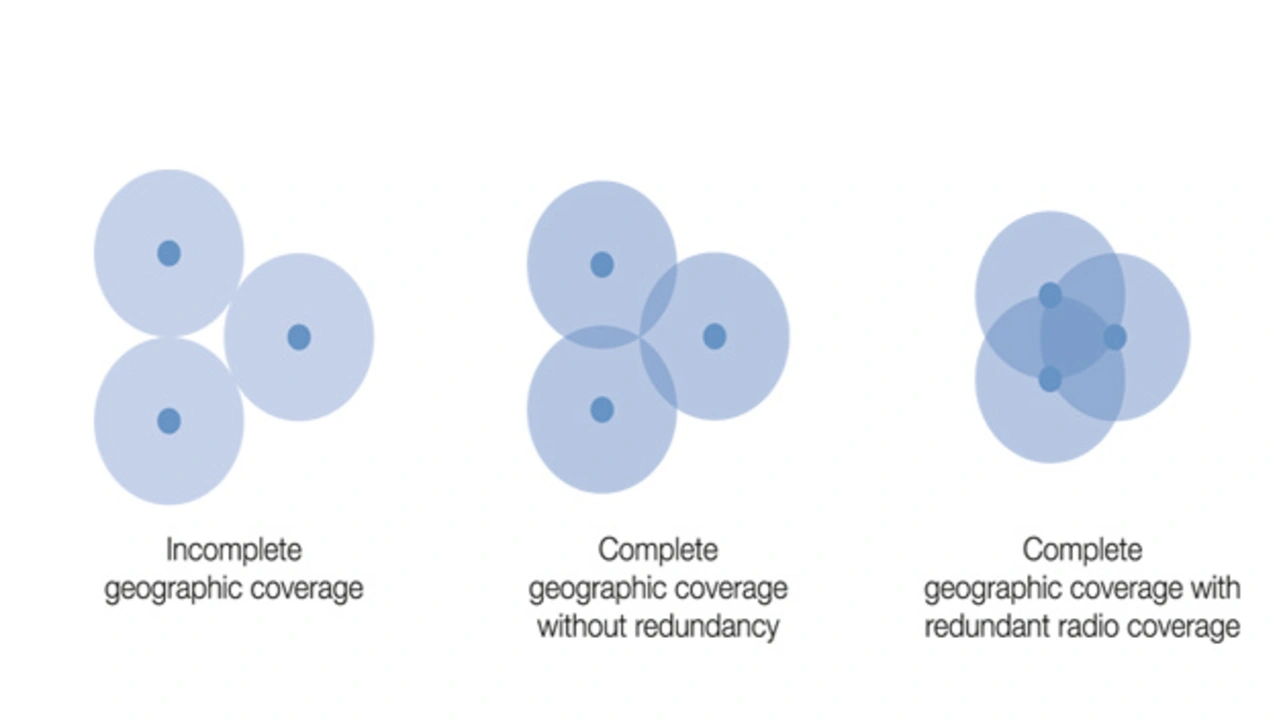Monitoring via Mioty
IoT for critical infrastructures
Fortsetzung des Artikels von Teil 1
Mioty or LoRa?
Back to the question of why a comparatively new radio system was chosen. According to Reto Friedl, the company was primarily looking for a robust system that could communicate reliably even in difficult terrain conditions. »We have to ensure this due to our business-critical use case. Here, Mioty convinced us first in theory and then also in practice.« According to Uwe Scholz, the necessary range would also have been possible with the more established LoRa. However, LoRa would likely not have provided the robustness necessary for operators of critical infrastructure to be future-proof with radio sensors in an unlicensed frequency bath.
»In the future, there will be more and more sensors transmitting simultaneously in the same public radio frequency band. This can, with greater node density, lead to collisions and information will be lost if telegrams are jammed during transmission.« Mioty addresses this problem by providing redundancy in telegram splitting. When telegrams are split into small 'packets' with pieces of information placed in several packets, information can be reconstructed in the receiver even if individual packets are lost. »Especially in borderline conditions, when long ranges are involved or many sensors are activated within reach of one another, this advantage of Mioty becomes noticeable. We see a lot of potential for us here,« says Uwe Scholz.
Test drives show high radio range
The feasibility study showed that Mioty can cover a large coverage area with a few powerful base stations. The test area chosen was a rural, slightly hilly plain, closed off on two sides by elevations with valley cuts. »A base station in the plain can cover an area of around 300 km2,« Swissphone's CTO, Harald Pfurtscheller, concludes from the evaluated test runs. »The radio links for the static sensors on the radio masts or in switchgear are 3.5 km to more than 12 km long and usually without direct line of sight. They usually work even with a lot of reserve to the typical system sensitivity of –138 dBm (Table).
| Device | Distance [km] | Operating time [Tage] | RSSI average [dBm] | Messages | Lost messages | Loss rate [%] |
|---|---|---|---|---|---|---|
| Gate 1 | 0.03 | 42 | –76 | 3679 | 0 | 0 |
| Pole 1 | 3.5 | 42 | –103 | 1002 | 0 | 0 |
| Pole 2 | 3.5 | 42 | –120 | 1002 | 0 | 0 |
| Cabin 1 | 6.0 | 42 | –120 | 2007 | 0 | 0 |
| Transformer station 1 | 5.5 | 13 | –108 | 615 | 0 | 0 |
| Substation 1 | 12.6 | 43 | –123 | 4041 | 8 | 0.2 |
| Substation 2 | 7.6 | 42 | –128 | 4043 | 105 | 2.6 |
Table. Distance to base station, operating time and performance of the static sensors of the proof-of-concept (PoC) of the Axpo WZ-Systems since the start of measurement. The RSSI mean value is an indication of the effect of the terrain properties on the radio transmission between sensor and base station. Only "Gate 1" and "Transformer Station 1" have a line of sight between the base station and the sensor.
The mobile Mioty transmitters, showed reliable radio communication, with some reserve capacity, at distances over 20 km, even without line of sight. Under line-of-sight conditions, radio distances of 30–35 km could be demonstrated without special directional antennas. The stability of such long indirect links will now be further investigated over the course of the year.«

According to Harald Pfurtscheller, detected radio gaps due to topographical restrictions could be easily compensated for with a second or third neighboring base station dozens of kilometers away. In overlapping zones, this increases transmission reliability. This is the type of redundant network planning that Swissphone strives for in mission-critical applications (Figure 4).
Further expanding Mioty's performance
Currently, most typical LPWAN scenarios can be addressed with Mioty. In many use cases only an uplink is required (sensor/radio node can reach a base station). Mioty use cases with downlink (base station can reach sensor/radio node) are currently still limited and require a corresponding prior notification on the part of the radio node (Class A). A broad-based industry alliance is working on the further development of the ETSI specification to enable true bidirectional applications with defined latencies (Class B), in addition to further mechanisms for efficient and low-power communication in highly scalable and demanding radio applications.
The author

Simon Flepp
is Head of Hardware & Firmware Development at Swissphone Wireless AG in Samstagern, Switzerland.
- IoT for critical infrastructures
- Mioty or LoRa?
- Stable data connection at 120 km/h
- Eurostars: Full bidirectionality and reduced latency
- Mioty Evaluation Kit





